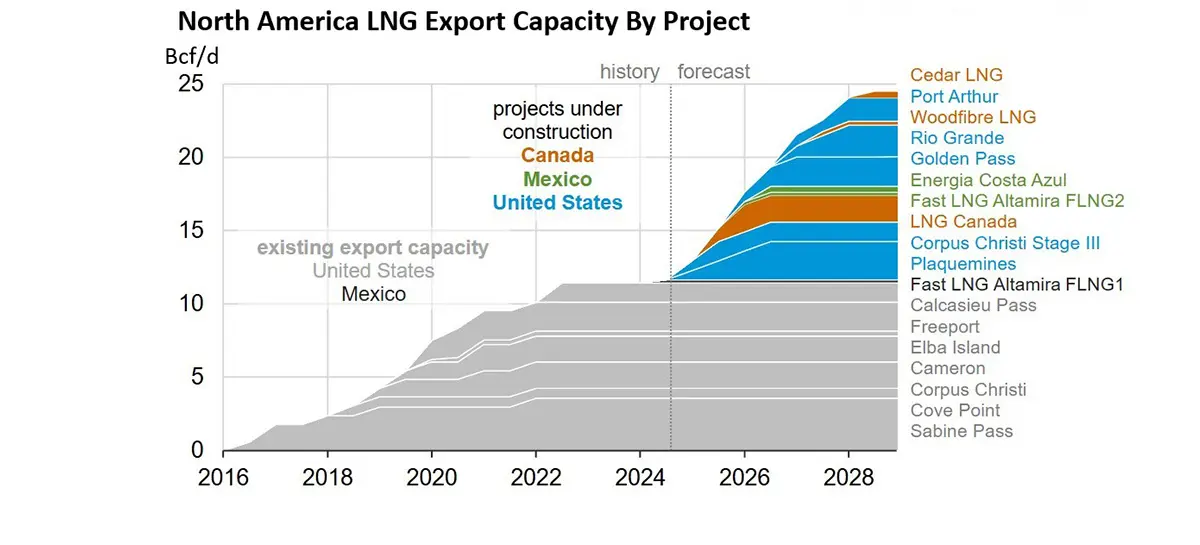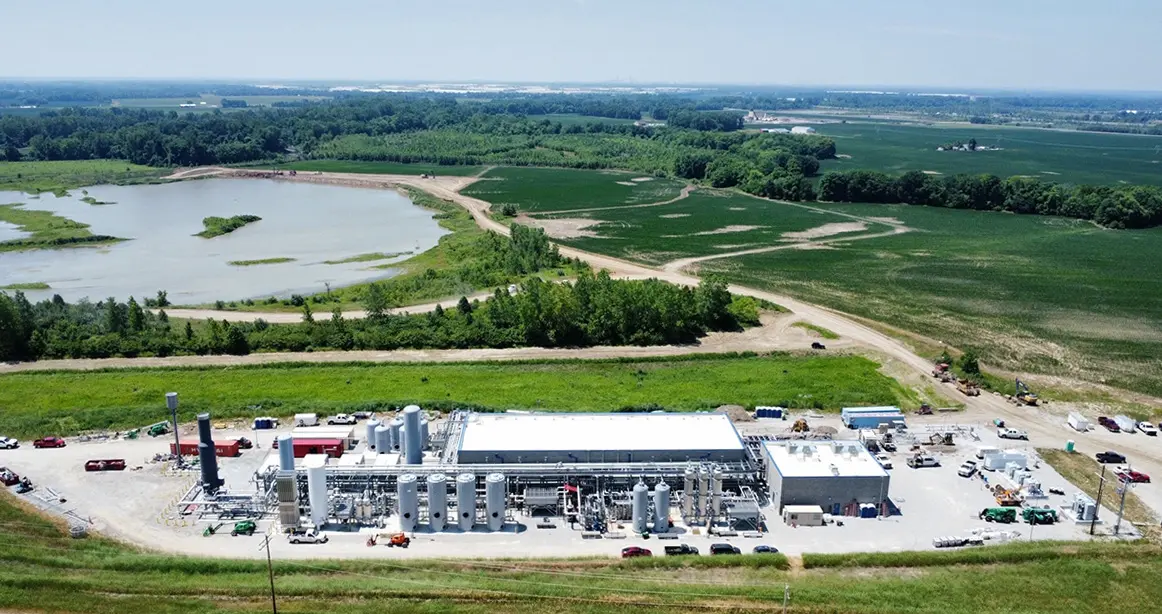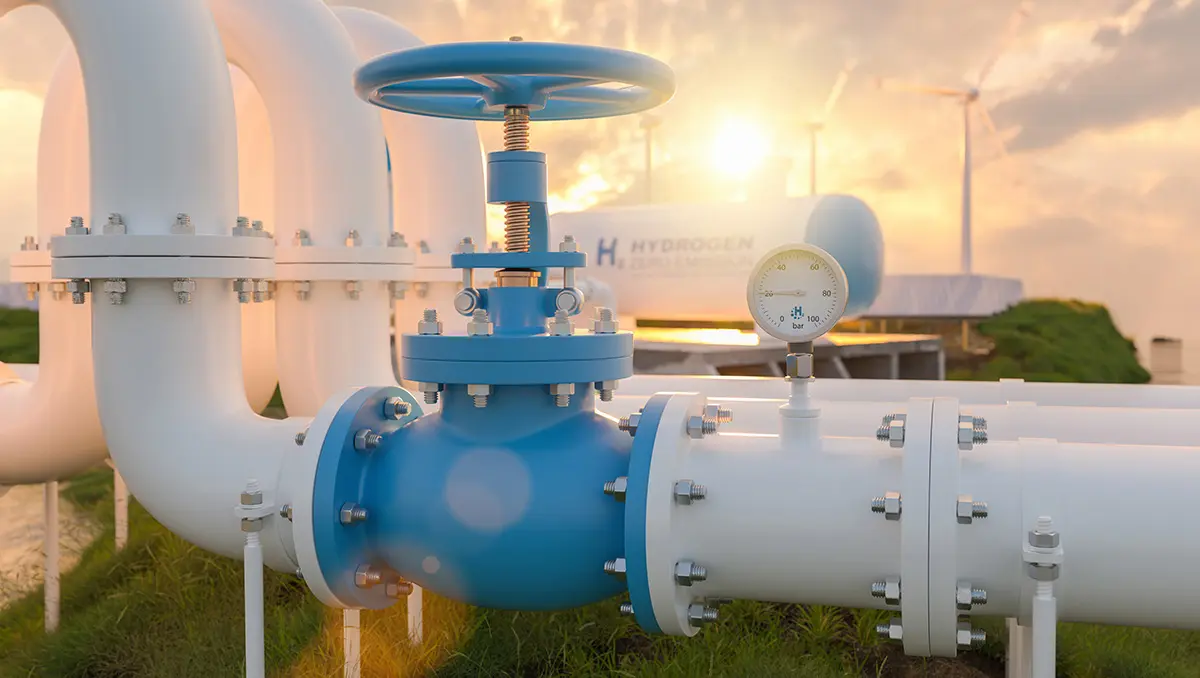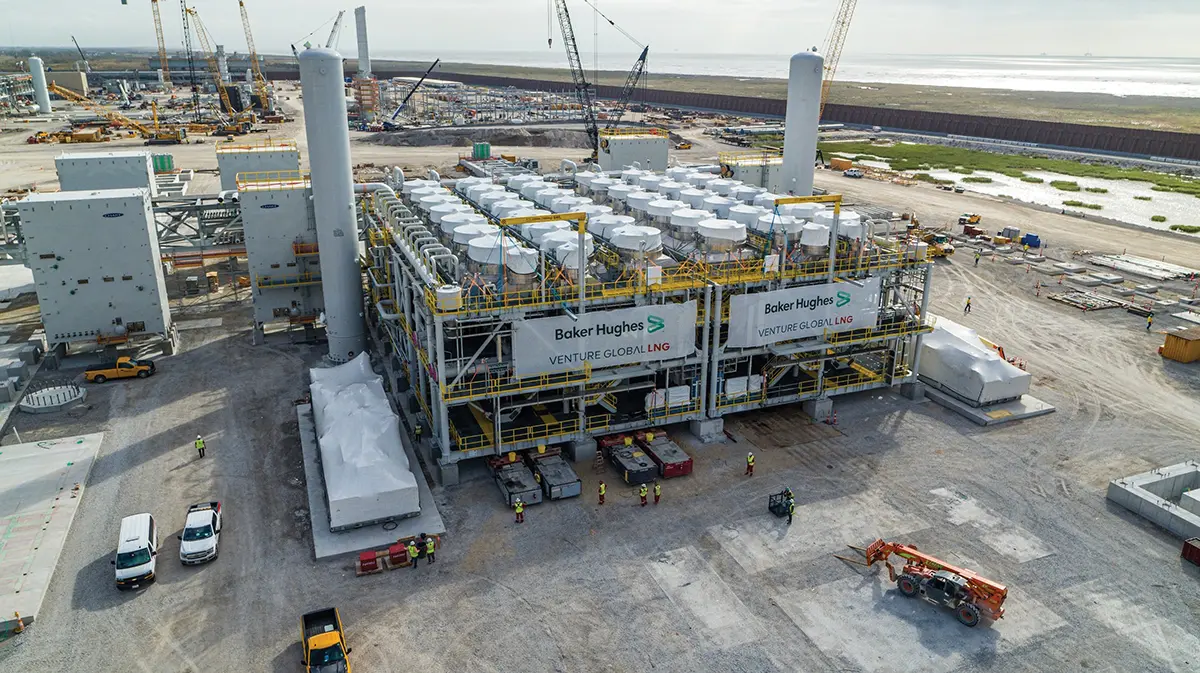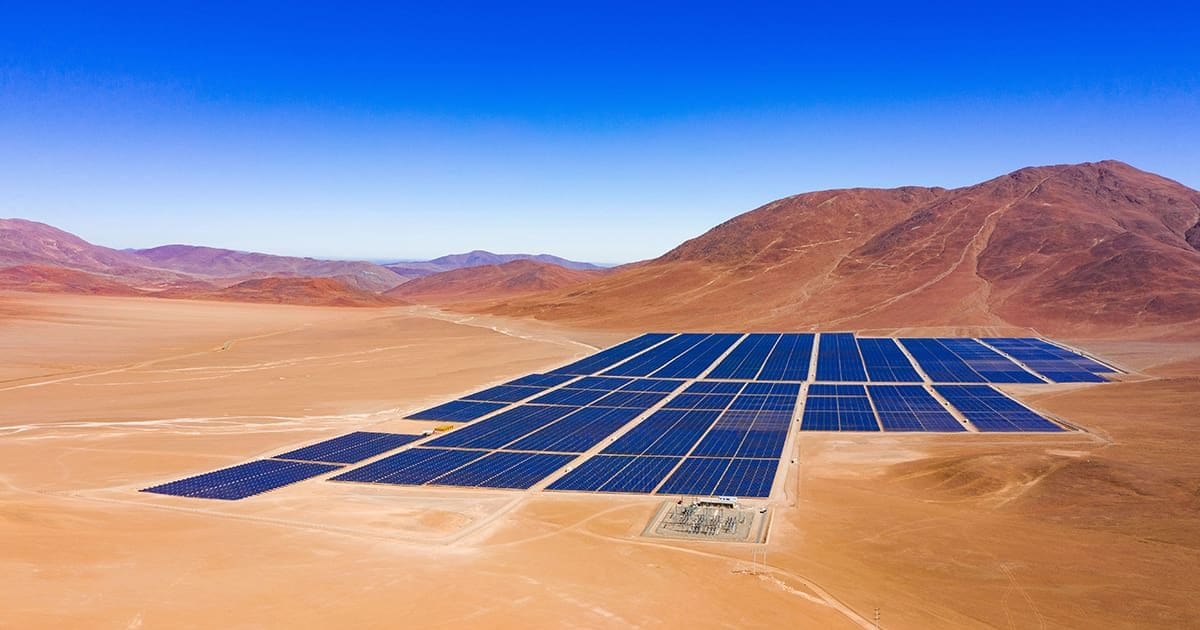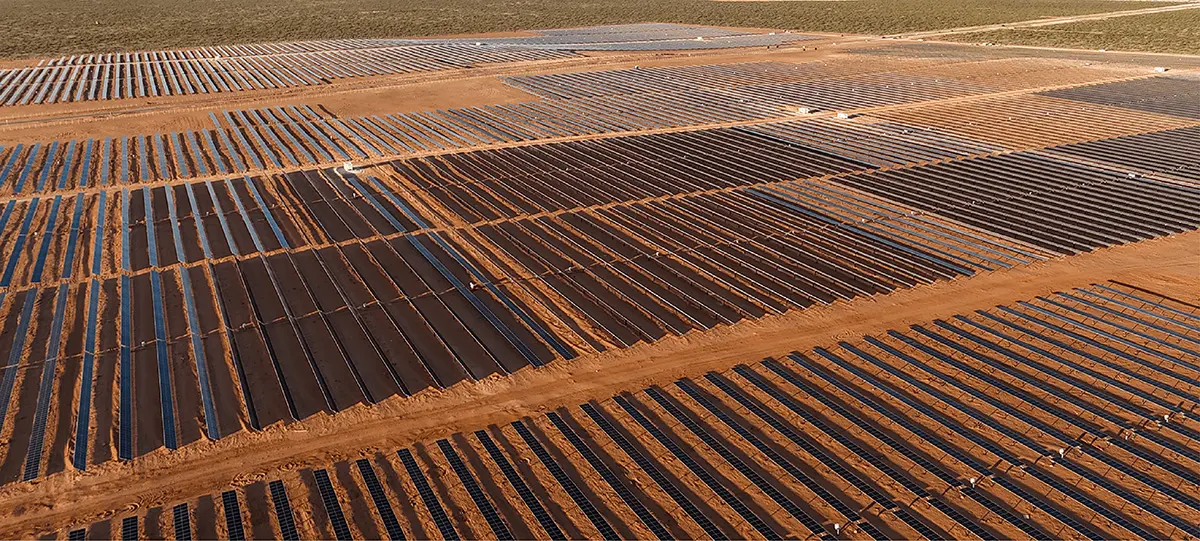
Bubble Findings Could Unlock Better Electrode And Electrolyzer Designs

By David L. Chandler, MIT News
Industrial electrochemical processes that use electrodes to produce fuels and chemical products are hampered by the formation of bubbles that block parts of the electrode surface, reducing the area available for the active reaction. Such blockage reduces the performance of the electrodes by anywhere from 10% to 25%. But new research reveals a decades-long misunderstanding about the extent of that interference. The findings show exactly how the blocking effect works and could lead to new ways of designing electrode surfaces to minimize inefficiencies in these widely used electrochemical processes.
It has long been assumed that the entire area of the electrode shadowed by each bubble would be effectively inactivated. But it turns out that a much smaller area — roughly the area where the bubble actually contacts the surface — is blocked from its electrochemical activity. The new insights could lead directly to new ways of patterning the surfaces to minimize the contact area and improve overall efficiency.
The findings are reported in the journal Nanoscale, in a paper by recent Massachusetts Institute of Technology (MIT) graduate Jack Lake PhD ’23, graduate student Simon Rufer, professor of mechanical engineering Kripa Varanasi, research scientist Ben Blaiszik, and six others at the University of Chicago and Argonne National Laboratory. The team has made available an open-source, artificial intelligence-based software tool that engineers and scientists can now use to automatically recognize and quantify bubbles formed on a given surface, as a first step toward controlling the electrode material’s properties.
Gas-evolving electrodes, often with catalytic surfaces that promote chemical reactions, are used in a wide variety of processes, including the production of green hydrogen without the use of fossil fuels, carbon-capture processes that can reduce greenhouse gas emissions, aluminum production, and the chlor-alkali process that is used to make widely used chemical products.
These are very widespread processes. The chlor-alkali process alone accounts for 2% of all US electricity usage; aluminum production accounts for 3% of global electricity; and both carbon capture and hydrogen production are likely to grow rapidly in coming years as the world strives to meet greenhouse-gas reduction targets. So, the new findings could make a real difference, said Varanasi.
“Our work demonstrates that engineering the contact and growth of bubbles on electrodes can have dramatic effects” on how bubbles form and how they leave the surface, said Varanasi. “The knowledge that the area under bubbles can be significantly active ushers in a new set of design rules for high-performance electrodes to avoid the deleterious effects of bubbles.”
“The broader literature built over the last couple of decades has suggested that not only that small area of contact but the entire area under the bubble is passivated,” said Rufer. “The new study reveals “a significant difference between the two models because it changes how you would develop and design an electrode to minimize these losses.”
To test and demonstrate the implications of this effect, the team produced different versions of electrode surfaces with patterns of dots that nucleated and trapped bubbles at different sizes and spacings. They were able to show that surfaces with widely spaced dots promoted large bubble sizes but only tiny areas of surface contact, which helped to make clear the difference between the expected and actual effects of bubble coverage.
Developing the software to detect and quantify bubble formation was necessary for the team’s analysis, explained Rufer. “We wanted to collect a lot of data and look at a lot of different electrodes and different reactions and different bubbles, and they all look slightly different,” he says. Creating a program that could deal with different materials and different lighting and reliably identify and track the bubbles was a tricky process, and machine learning was key to making it work, he said.
Using that tool, he said they were able to collect “really significant amounts of data about the bubbles on a surface, where they are, how big they are, how fast they’re growing, all these different things.” The tool is now freely available for anyone to use via the GitHub repository.
By using that tool to correlate the visual measures of bubble formation and evolution with electrical measurements of the electrode’s performance, the researchers were able to disprove the accepted theory and to show that only the area of direct contact is affected. Videos further proved the point, revealing new bubbles actively evolving directly under parts of a larger bubble.
The researchers developed a very general methodology that can be applied to characterize and understand the impact of bubbles on any electrode or catalyst surface. They were able to quantify the bubble passivation effects in a new performance metric they call bubble-induced electrochemically active surface (BECSA) as opposed to electrochemically active surface area (ECSA) that is used in the field. “The BECSA metric was a concept we defined in an earlier study but did not have an effective method to estimate until this work,” said Varanasi.
The knowledge that the area under bubbles can be significantly active ushers in a new set of design rules for high-performance electrodes. This means that electrode designers should seek to minimize bubble contact area rather than simply bubble coverage, which can be achieved by controlling the morphology and chemistry of the electrodes. Surfaces engineered to control bubbles can not only improve the overall efficiency of the processes and thus reduce energy use, but they can also save on upfront materials costs. Many of these gas-evolving electrodes are coated with catalysts made of expensive metals like platinum or iridium, and the findings from this work can be used to engineer electrodes to reduce material wasted by reaction-blocking bubbles.
Varanasi said that “the insights from this work could inspire new electrode architectures that not only reduce the usage of precious materials, but also improve the overall electrolyzer performance,” both of which would provide large-scale environmental benefits.
The research team included Jim James, Nathan Pruyne, Aristana Scourtas, Marcus Schwarting, Aadit Ambalkar, Ian Foster, and Ben Blaiszik at the University of Chicago and Argonne National Laboratory. The work was supported by the US Department of Energy under the ARPA-E program. This work made use of the MIT.nano facilities.

